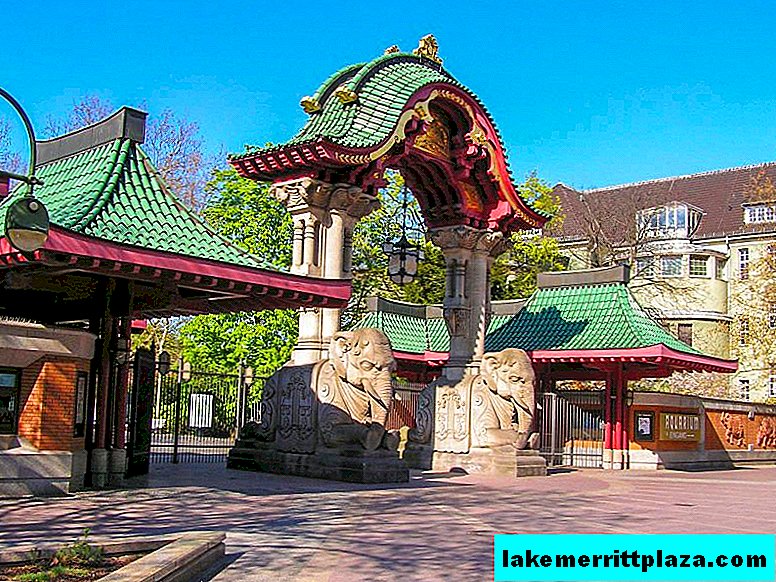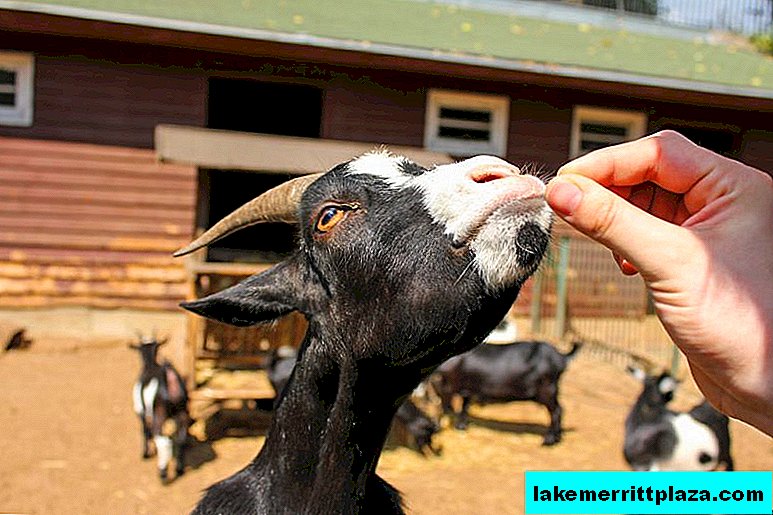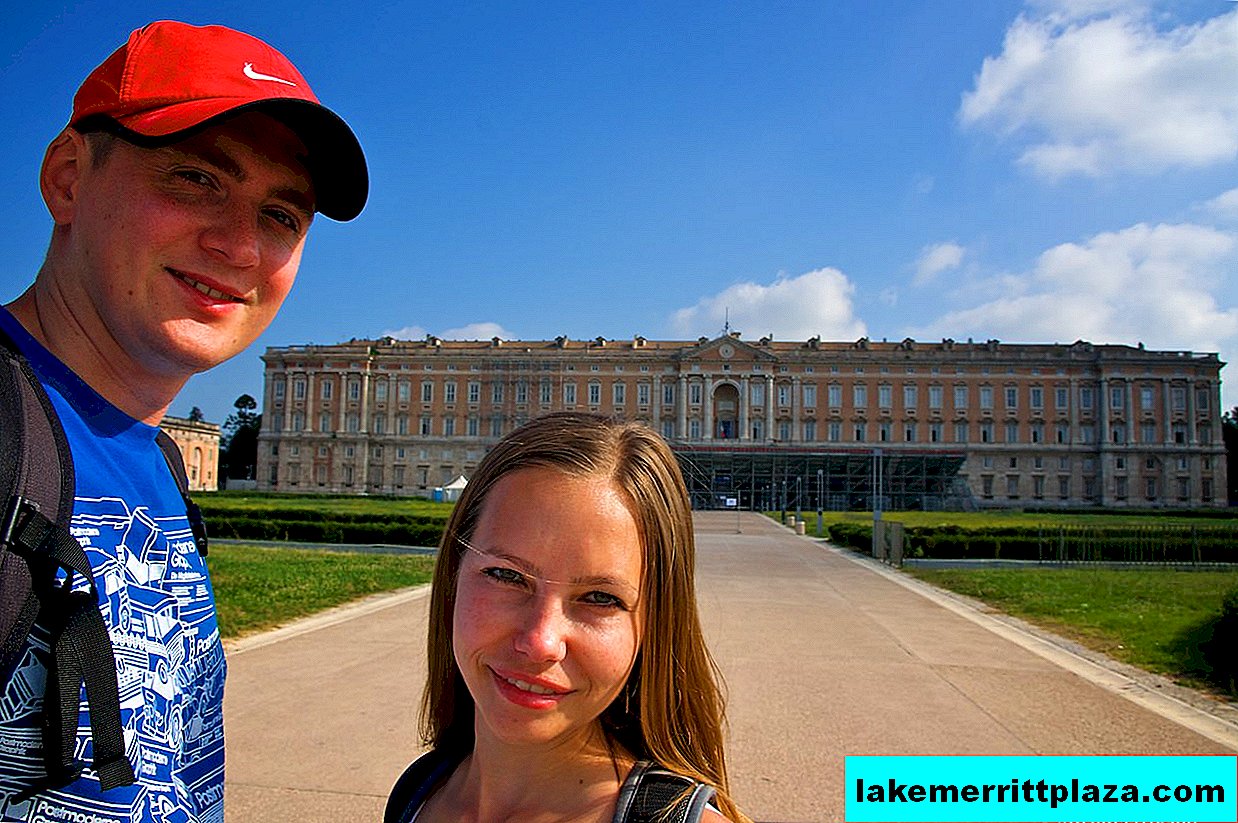The Berlin Zoo has a lot of animals and good aviaries, there is a place to eat and a large playground. In the contact zoo you can buy grain and feed your pets. This is a wonderful place to walk and relax at any time of the year and in any weather.

Berlin Zoo (Zoologischer Garten Berlin), photo by Dieter Brügmann (Bruhaha)
Berlin Zoo (Berlin Zoological Garden - Zoologischer Garten Berlin) is the oldest in Germany. Its gates on both sides are decorated with 27-ton stone elephants.
Germany's oldest zoo
It was discovered in 1844 during the reign of Frederick William IV. Today, the Berlin Zoo is the largest collection of animals in the country.
The Berlin Zoo is located in the heart of the city, in the Tiergarten district. Its area is 35 hectares. For animals created conditions close to natural.

Elephant, adsci photo
In 1869, thanks to director Heinrich Bodinus, an exotic aviary for antelopes was built, which immediately became the main attraction of the Berlin Zoo. Under the guidance of Bodinus, enclosures for ostriches, elephants, flamingos were built and the famous Elephantheron (Elephant Gate) was erected at the same time. Restaurants and pavilions appeared at the zoo.

Aquarium, photo by Manfred Brückels
In 1931, it was decided to build an aquarium according to the plan of Dr. Oscar Heinroth.
In 1945, during the bombing, the zoo was completely destroyed, and animals ran away or died. From 1945 to 1956, the zoo was restored.
Zoo - famous and favorite sight of the city

You can feed animals, photo adsci
Today, the Berlin Zoo is home to more than 15,000 animals (1,500 species). Here you can admire wild animals: polar bears, elephants, seals, lions and giraffes; and to see at close range many endangered pets and animals. Each year, the zoo is visited by over two million people.

For animals created conditions close to natural, photo Vik C. R.
Working hours
From January 1 to February 26: 9:00 - 16:30;
February 27 - March 26: 9:00 - 18:00;
March 27 - September 24: 9:00 - 18:30;
September 25 - October 29: 9:00 - 18:00;
October 30 - December 31: 9:00 a.m. - 4:30 p.m.
Tickets
Adult ticket to the zoo costs € 15.50; zoo + aquarium - € 21.00;
children (4-15 years old) at the zoo - € 8.00; Zoo + aquarium - € 10.50.
There are family tickets.
Current information on tickets on the site.
How to get there
Take the underground lines U2, U9, U12 to the station Zoologischer Garten or U1, U9 to Kurfürstendamm.








